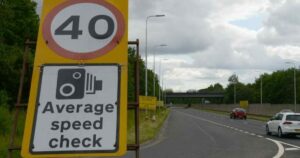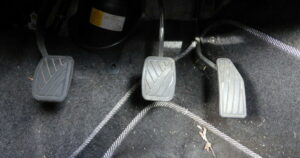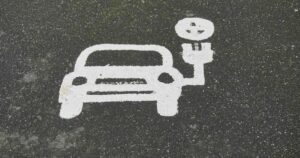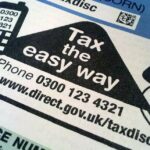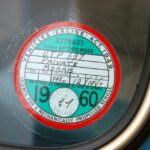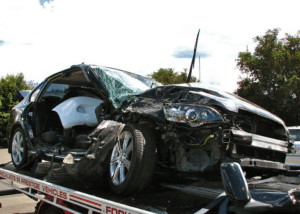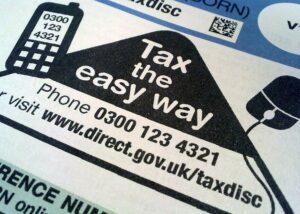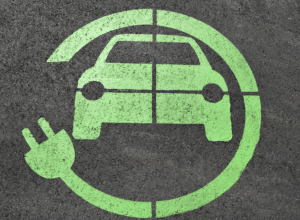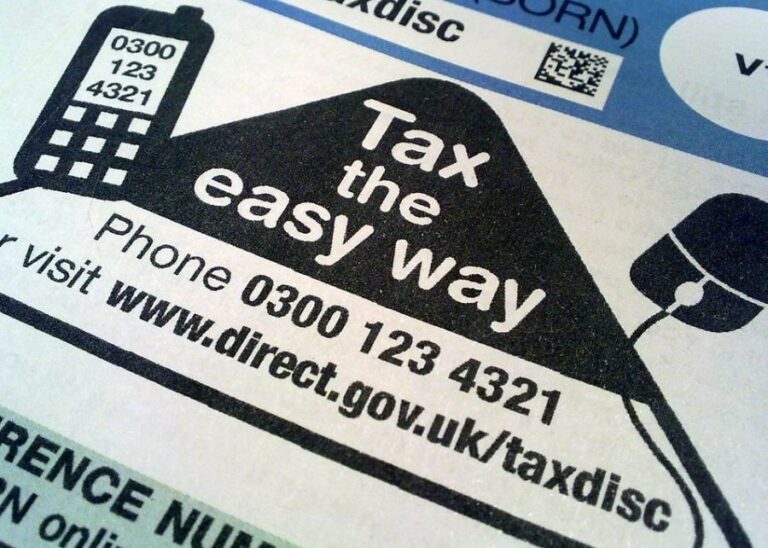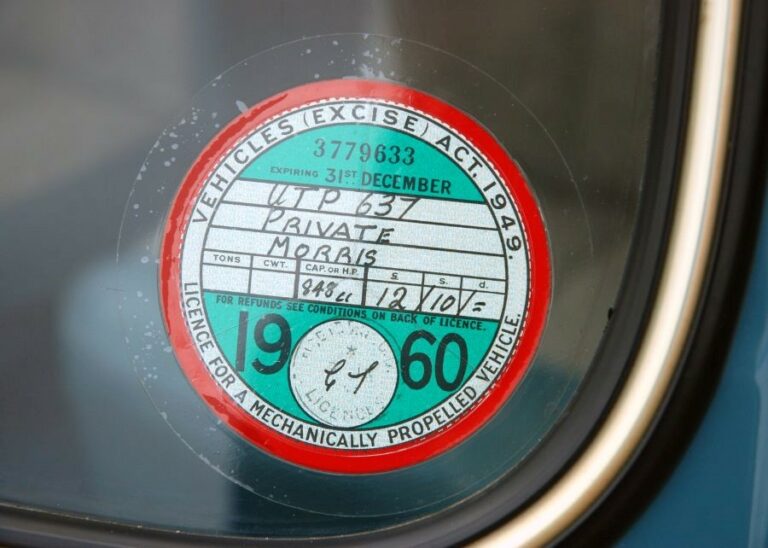According to a recent poll by Seat, over half of UK drivers admitted to not having read the Highway Code in the last five years, if at all, nor consulted the official highway code resources online. The Code changed quite considerably in January 2022—this highway code revision introduced new priorities—and although it’s not the law by itself, many of its rules are backed up by legal obligations, says the RAC.

What is the Highway Code?
Introduced in 1931, the Highway Code — the essential highway code guide — is a set of rules and guidelines for all road users, including pedestrians, cyclists, horse riders, drivers, and motorcyclists, and not just if you’re a learner driver. The Highway Code book was put together by the Driver and Vehicle Standards Agency (DVSA) and the Department for Transport and brings together the general rules, regulations, and guidelines road users must follow. If road users disobey the highway code rules, this can lead to penalties, fines, or even imprisonment in some cases.
The Highway Code is constantly being updated but you can keep up with the latest highway code amendments on the GOV.UK website. When the Code changed last year, one of the biggest changes was that it created the ‘hierarchy of road users’, where – in the simplest terms – the less vulnerable road user takes automatic liability in the event of a collision.

Little known facts about the Highway Code
Did you know that the Highway Code is full of interesting highway code facts? There’s a lot to learn and plenty of information to get your head around, from speed limits, road signs and vehicle markings to stopping distances and pedestrian rules. Even motorists who have a full driving licence can struggle to remember some parts of the highway code.
Here are some highway code examples you might not be aware of:
When the Highway Code was first published in 1931 it cost one penny. It did not mention mirrors, but it did carry advertisements. The first edition was only 18 pages long, according to Arnold Clark.

The Highway Code now includes seven different types of pedestrian crossing: zebra crossing, puffin crossing, pelican crossing, toucan crossing, staggered puffin crossing, staggered pelican crossing, and traffic lights. The Green Cross Code section was not added until 1978.
Rule 149 of the Highway Code advises you to “never use a hand-held microphone when driving”. This may seem obvious, but people still do it and it is still a legal requirement.
Rule 39 of the Highway Code states that “powered wheelchairs and scooters must not travel faster than 4 mph (6 km/h) on pavements or in pedestrian areas”. This is equivalent to a brisk walk, so you should be able to keep up with them.
Rule 48 of the Highway Code states that “all horse-drawn vehicles should have two red rear reflectors”. It also advises that it is safer not to drive at night, but if you do, a light showing white to the front and red to the rear must be fitted.
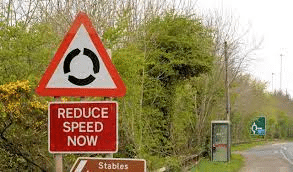
Why is it important to know the Highway Code?
Knowing the Highway Code is important for many reasons, including highway code compliance. It helps you to stay safe on the road and avoid accidents. The Highway Code contains rules and guidance on how to deal with various road situations, such as junctions, roundabouts, crossings, overtaking, and emergencies.
It also helps you to follow the law and avoid penalties. Many highway code rules correspond to legal statutes, and if you disobey them, you could face prosecution. This could result in fines, penalty points on your licence, disqualification, or even imprisonment in some cases, says the AA. By knowing the Code, you can avoid breaking the law and getting into trouble.
Recapping the highway code from time to time will help you keep your skills and knowledge up to date. The Highway Code is regularly updated to reflect changes in vehicles, driving practices, and the law. By reading the code online or visiting its official website, you can stay informed of the latest highway code developments and refresh your memory of the rules.
Is the Highway Code covered in a theory test?
The Highway Code is a fantastic tool for helping you to pass your driving theory test and become a qualified driver. The theory test is based on the Highway Code and highway code scenarios to test your knowledge of the rules of the road. By studying the code thoroughly and taking practice tests online, you can prepare yourself for the test and increase your chances of passing. The quicker you pass this test, the quicker you can book your actual practical driving test and get on the road.
Two parts
The test has two parts: a multiple-choice part and a hazard perception part. The multiple-choice part consists of 50 questions, and you need to score at least 43 out of 50 to pass. The questions are based on the Highway Code and cover highway code diagrams, from how to spot a cycle lane to speed limit signs. The hazard perception part consists of 14 video clips, each showing one or more developing hazards. You need to score at least 44 out of 75 to pass. The hazards are related to the Highway Code and how you should respond to them.
If you don’t have the book you can also download the highway code app, which includes the same full contents, and it may also feature quizzes and other learning tools that can track your progress and test your knowledge.

Is the Highway Code discussed in a practical driving test?
When you think about it, the answer is yes, because you’ll need to show your examiner a working knowledge of the Highway Code by the way you drive. You also need to answer one ‘tell me’ question at the start of the test and one ‘show me’ question while you are driving—both based on highway code requirements. These questions are about vehicle safety and maintenance, and they are rooted in the Highway Code.
Types of questions
The ‘tell me’ question asks you to explain how you would carry out a safety task, such as checking the oil level or the tyre pressure. The ‘show me’ question asks you to demonstrate how you would use a vehicle control, such as the horn or the windscreen wipers. You can find a list of possible questions and answers on the official website of the Highway Code here.
You will get a driving fault if you answer either question incorrectly. You will not fail your test for this, but you will fail if you get 16 or more driving faults, or one serious or dangerous fault, says the AA. The best thing you can do to prepare for the practical driving test is to practise your driving skills with an approved instructor and follow the Highway Code at all times. For additional guidance, see our internal Highway Code guide and build a habit of regular highway code review.






